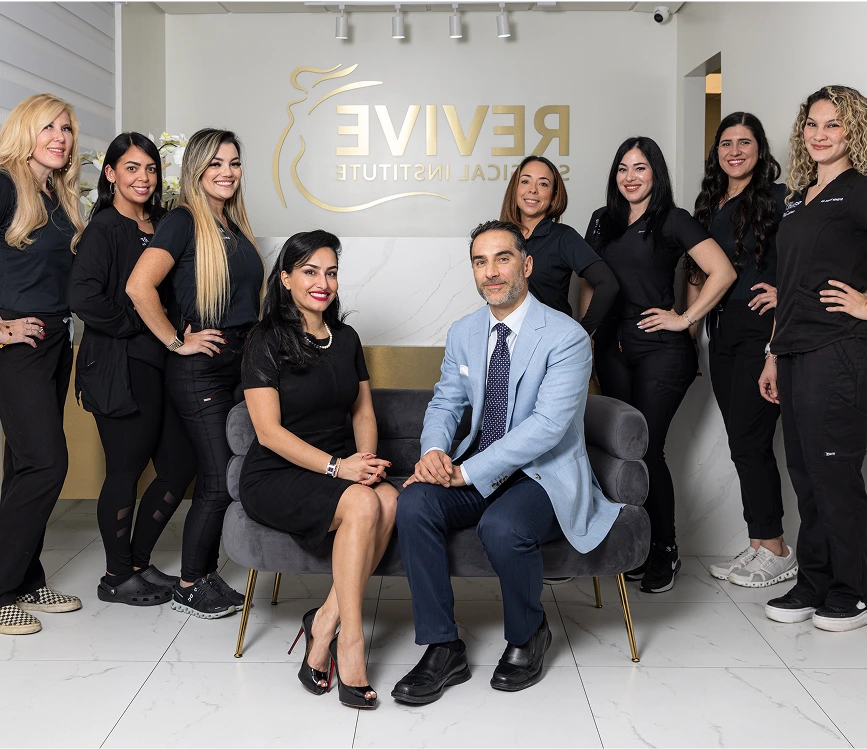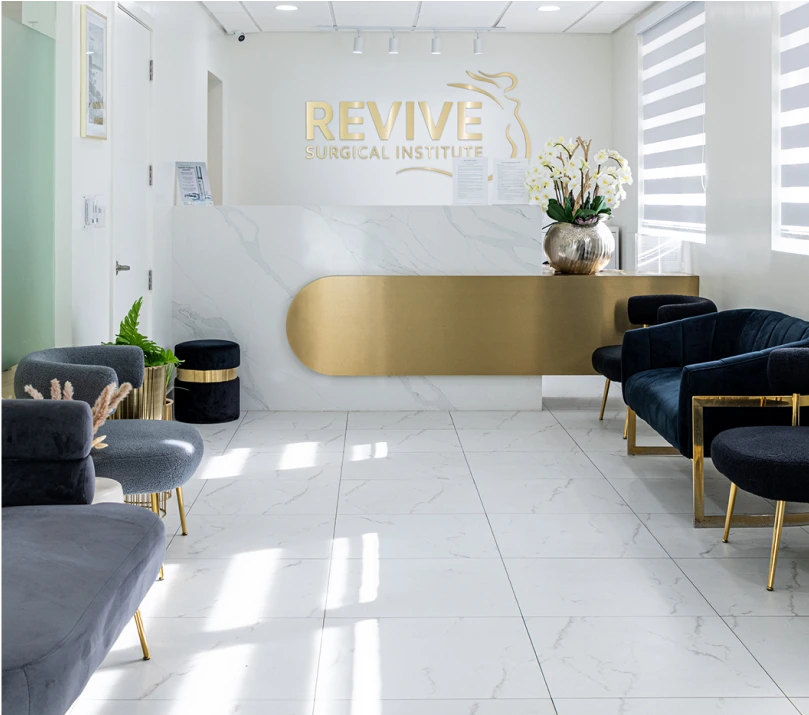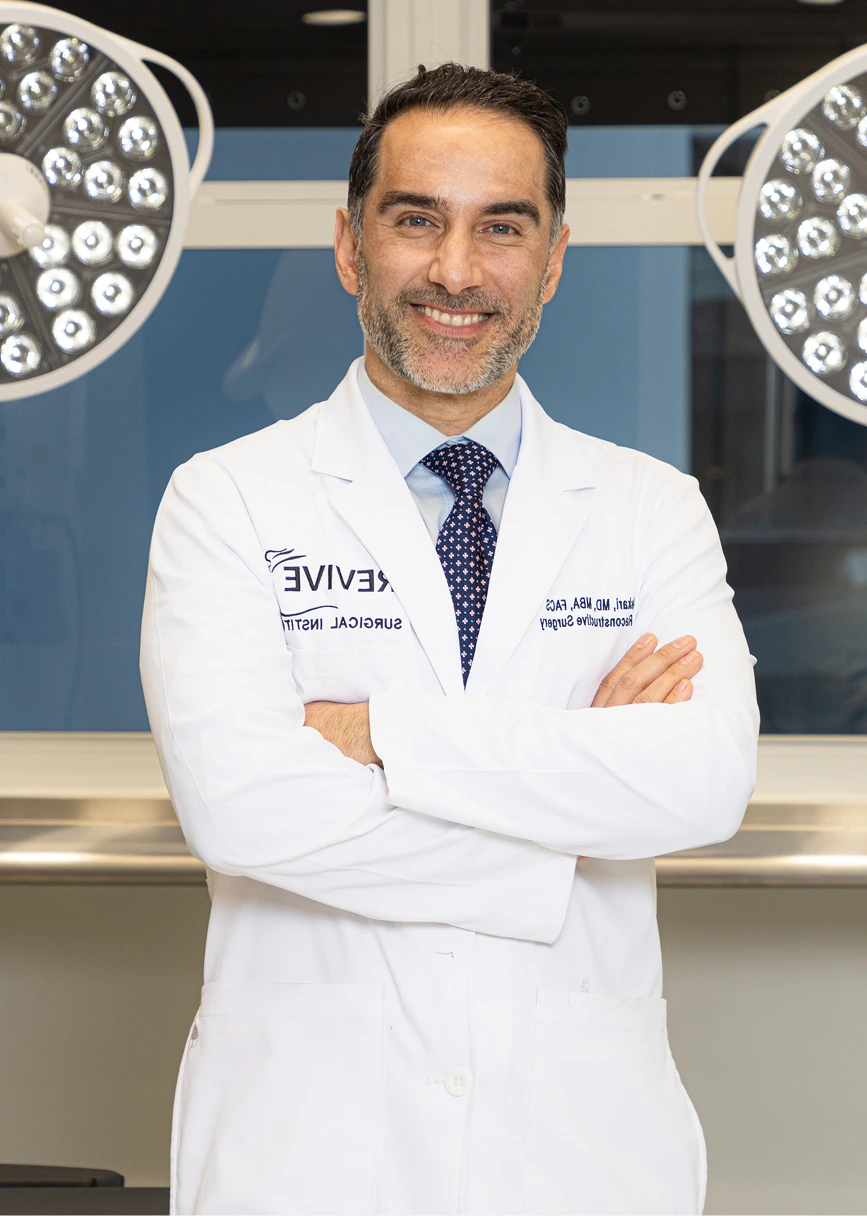As people age, they tend to notice sagging and wrinkles in their skin. This is not an unusual occurrence. However, you can restore your youthful look by undergoing facelift surgery. This procedure can help tighten your skin while reversing the effects of aging. Facelift surgery helps address the signs of aging, skin laxity, and double chin while smoothing out the wrinkles in the lower face and neck. Our board-certified surgeons, Dr. Askari and Dr. Gerth, use the latest practices to ensure you have minimal scars, natural results, and a comfortable recovery.


If you do not want to go through the invasive nature of surgical facelifts, you could consider the non-surgical option. This surgical technique uses a blend of minimally invasive and nonsurgical procedures. Unlike a surgical procedure, a nonsurgical facelift does not require anesthesia, large incisions, or hospitalization, and you can leave almost immediately after. It may include:


The procedure begins with anesthesia to ensure your comfort. Depending on the type of facelift and your specific needs, our surgeon may recommend general or local anesthesia with sedation.
The incisions are closed with fine sutures or skin adhesives to minimize scarring. Special care is taken to keep scars as discreet as possible.

The cat-eye brow lift, performed using an endoscopic technique, enhances the outer brow and eye area for a more lifted, almond-shaped look. Through small incisions hidden within the hairline, the surgeon uses a tiny camera and specialized instruments to reposition the outer brow and tighten the surrounding tissues. This minimally invasive approach reduces scarring and recovery time while delivering a dramatic yet natural enhancement to the eye area, making it a popular complement to facelift surgery.
A lip lift is a subtle yet impactful procedure that shortens the distance between the upper lip and the base of the nose, creating a more youthful and balanced facial profile. Elevating the upper lip enhances lip definition and reveals more of the pink lip tissue without fillers. A lip lift can harmonize facial proportions and add softness to the rejuvenated lower face when performed alongside a facelift.
Facial fat transfer involves harvesting a patient’s own fat (typically from the abdomen or thighs), purifying it, and injecting it into areas of the face that have lost volume. Common target areas include the cheeks, under-eye hollows, and nasolabial folds. When combined with a facelift, fat transfer restores youthful contours and fullness, enhancing the overall outcome by addressing both sagging and volume loss.
A neck lift is often performed with a facelift to create a seamless, rejuvenated appearance from the face down to the décolletage. This procedure targets loose skin, vertical banding, and excess fat in the neck area. The neck lift restores a smooth, defined jawline and neck contour by tightening the underlying muscles and removing or redistributing fat, ensuring the lower face and neck appear equally refreshed.

You will return home the same day or after an overnight stay. Expect swelling, bruising, and tightness. Keep your head elevated and rest as much as possible. Pain medication will be provided to manage discomfort.
Swelling and bruising may peak. Bandages are typically removed within this period. You will have your first follow-up appointment with your surgeon to check the healing progress.
Most bruising begins to fade, and stitches (if non-dissolvable) may be removed. Light activities can be resumed, but strenuous exercise should still be avoided.
Swelling continues to decrease. Many patients feel comfortable returning to work and social activities, especially with makeup to conceal residual bruising.
Final results become more visible as the healing process continues. Numbness or tightness may persist but will gradually improve.

Facelift offers a range of cosmetic and emotional benefits for individuals looking to reverse signs of aging. By using advanced surgical techniques, this facial procedure can restore youthful contours and improve skin tightness, all while achieving natural-looking results. Facelift surgery offers the following benefits:
Softens the appearance of deep creases along the nose and mouth
The price of a facelift in Miami could range from $8,500 to $30,000. The price variation depends on factors such as the surgeon involved, their experience and professionalism, the clinic, the complexity of the procedure, and the type of facelift that will be done.

The facelift results could last for as long as 15 years. This duration is often influenced by following the surgeon’s instructions, successful recovery, and your skin type.
Yes, a facelift removes excess skin so that you can have a youthful and vibrant look. It also addresses facial tissues and sagging.
Yes, a facelift can improve the look of a double chin in most patients by tightening the jawline and neck area. While some residual swelling may occur initially, the result is a more defined profile and a rejuvenated appearance.
The type of anesthesia will vary based on your surgeon and procedures. General anesthesia or local anesthesia can be used.
To get the best results from the facelift surgery, you must be honest with your surgeon during the pre-surgery consultation. Also, ensure you follow all instructions and use your medications as prescribed after the procedure. Choosing a board-certified plastic surgeon who understands facial anatomy is important to prevent facial nerve injury and achieve a successful facelift.
Yes, there is a nonsurgical facelift that involves the use of Botox, dermal fillers, fat injections, and needleless treatments.
Within a week or two, you should be able to return to work after the surgery. As stated earlier, this depends on your skin type and counsel from your surgeon.
After the facelift surgery, you need to cleanse and moisturize your face, stay hydrated and nourished, and follow every other skin care tip from your dermatologist or plastic surgeon.
Typically, facelifts do not include eyelid lift. However, adding an eyelift is possible. Other procedures can be combined with facelift surgeries.
In many cases, a facelift includes a neck lift to improve the overall facial structure. This cosmetic facial surgery helps create smoother transitions between the lower face and neck for more natural results.
Unlike traditional facelifts, a mini facelift addresses early signs of aging with smaller incisions and shorter downtime. However, traditional facelifts offer more comprehensive facial rejuvenation. Your decision should also factor in your goals and how much facelift recovery time you can accommodate.
Yes, many patients combine facelift surgery with other facial cosmetic procedures, such as laser therapy, to enhance skin tone and texture while lifting facial contours.
Yes, Dr. Askari and Dr. Gerth are board-certified and known for using advanced facelift surgery techniques to help patients achieve a smoother, more youthful appearance.
